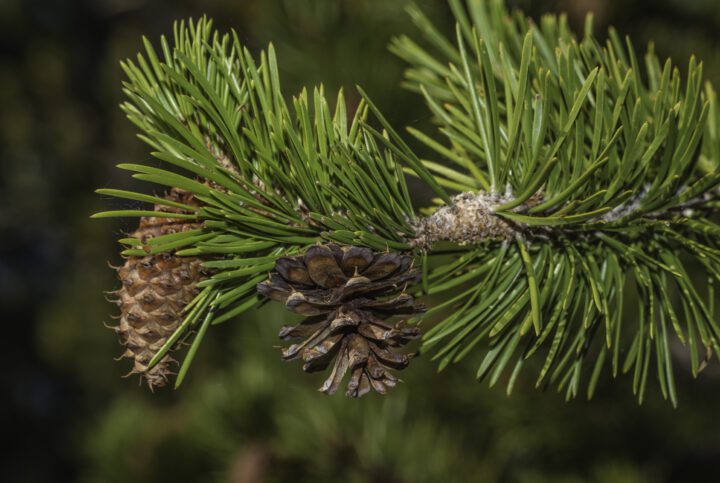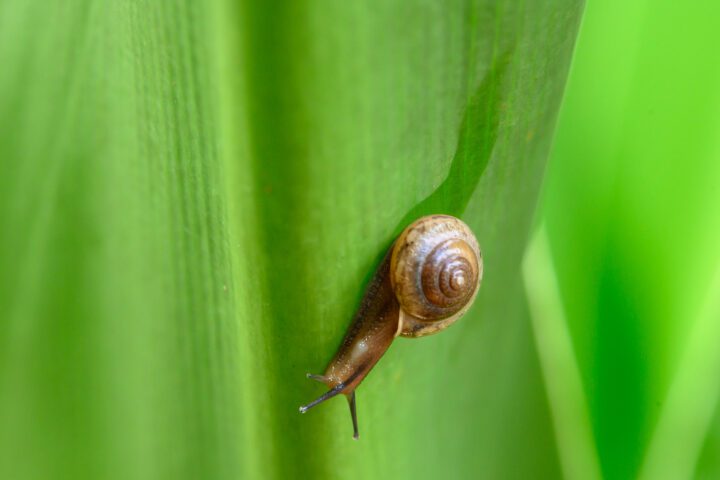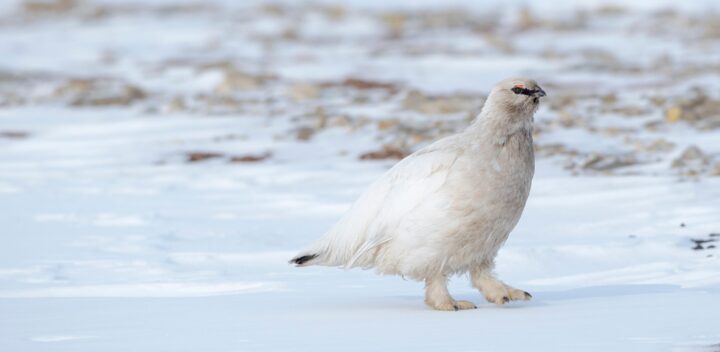The feet of mountain goats maintain traction when climbing using cloven hooves with a hard outer shell and soft, flexible inner pads, as well as slip-stopping dewclaws.
“The sides of a mountain goat’s toes consist of the same hard keratin found on the hoof of a horse or deer. Each of the two wrap around toenails can be used to catch and hold to a crack or tiny knob of rock…The mountain goat is shod with a special traction pad which protrudes slightly past the nail. This pad has a rough textured surface that provides a considerable amount of extra friction on smooth rock and ice. Yet it is pliant enough for any irregularities in a stone substrate to become impressed in it and thereby add to the skidproofing effect.” (Chadwick 1983: 50)
“Make a wide V with your index and middle fingers and try pressing down against something with their tips. Since walking on an artiodactyl hoof is anatomically similar to walking on the tips of two fingers, the mountain goat feels the muscles and tendons working against each other somewhat the way you do. It adjusts the tensions accordingly in order to fine-tune its grip on uneven surfaces…Now you will find that the more weight you put on your fingertips, the more they want to diverge sideways. In like fashion the mountain goat’s toes divide the downward force of the weight on a hoof. When your fingers, or the toes of the hoof, are placed on an incline surface, part of the weight continues to be directed sideways—a horizontal vector of force as distinct from the vertical vector. There is thus less net force being exerted in a singe downward line; hence there is less likelihood of overcoming the force of friction along that line and beginning to slide…What is going on here is a fanning out of forces. If all the downward force could be converted into sideways forces, it would in effect be canceled out…The third and final dimension is simpler to explain. Solid rock, talus, dirt or snow can become wedged in the crotch of the V and act as an additional brake.” (Chadwick 1983: 51)





